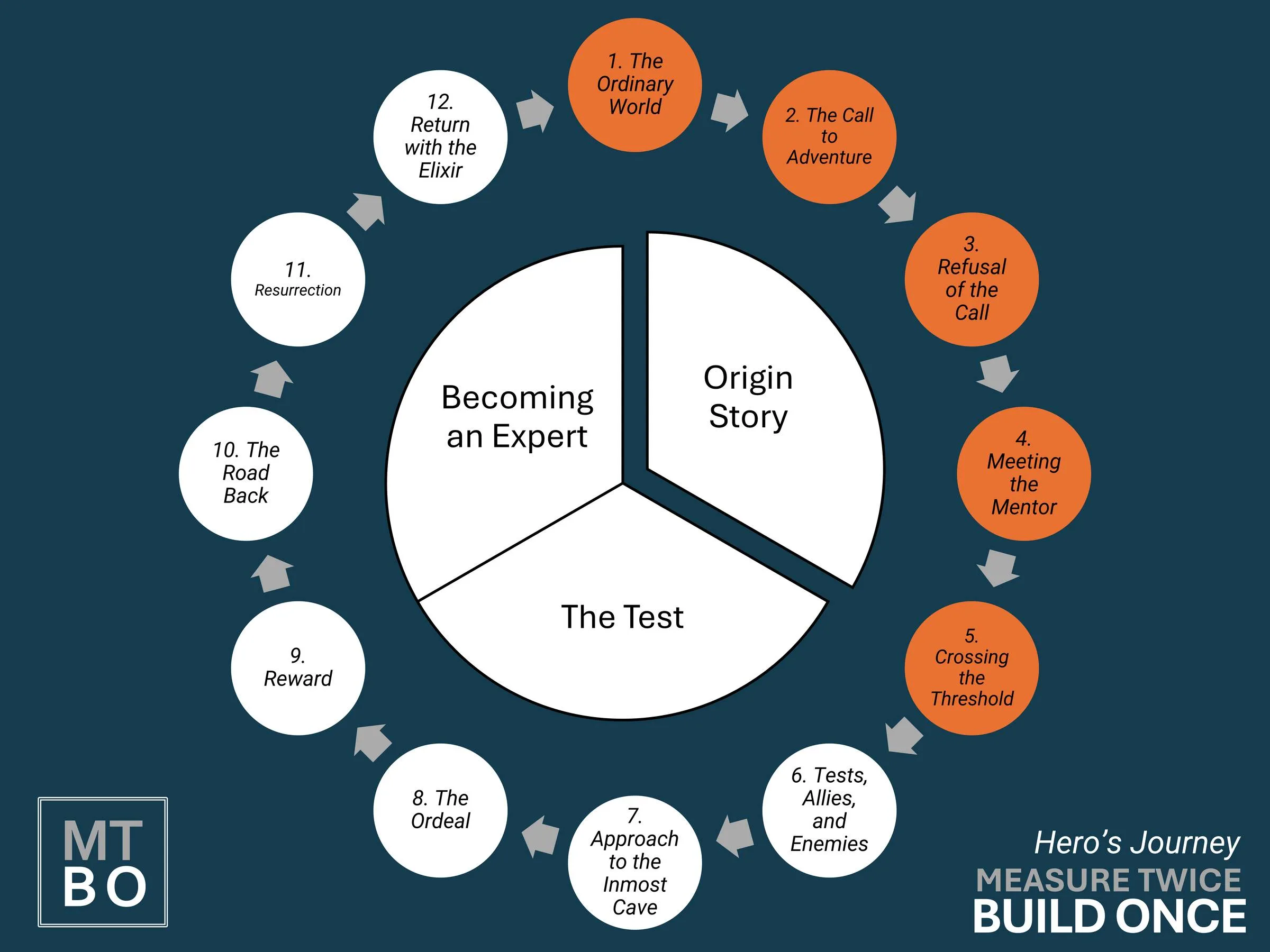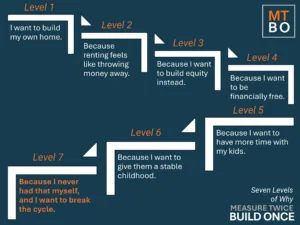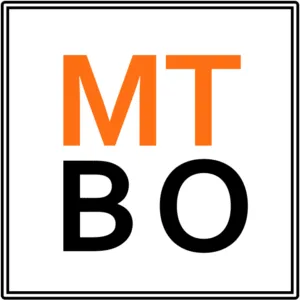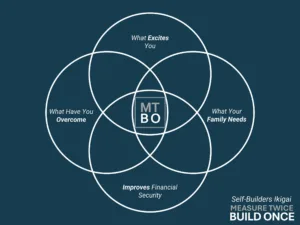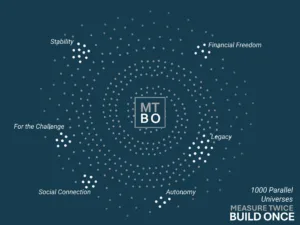|
As a kid my favourite superhero was (and still is) Batman. There was something about the Batcave in particular that really stuck with me. The hidden, self-made, full of tools and secrets. A place to retreat to and be safe. The idea of a Bolthole still interests me today. This was in the Michael Keaton Batman Returns era of the early 1990’s. With Danny DeVito’s antagonist Penguin and Michel Pfeiffer’s deuteragonist Catwoman. Around that time, when I was about 4 years old, my dad built a loft extension in our 2-bed house. A new set of wooden stairs rose from my bedroom into the attic which was to become my sisters’ bedroom. Underneath those stairs though was mine. It was my den. My very own Batcave. I even spent a few nights sleeping in there with a Batman themed night light. It’s funny how framing works. Sleeping under the stairs was deemed a punishment in the Harry Potter series. But from what I can remember it was anything but. (I suppose the difference between the two is autonomy.) Framing is the Topic of this week’s newsletter. Seeing our life journey so far with a fresh perspective can allow us to draw out patterns and meaning from past events. If we do this with the intention of finding the meaning of becoming a self-builder, we can define our Why. We can do this by using the first part of the Hero’s Journey framework to create our own Origin Story. What Is The Hero’s Journey?The Hero’s Journey is a storytelling framework that describes the typical path a hero takes in myths, books, films, and real life. It was first outlined by Joseph Campbell, an American scholar who studied myths across cultures. He noticed that whether it was ancient Greek legends or modern-day movies, many stories followed the same pattern. Later, writer Christopher Vogler adapted Campbell’s work into a version widely used in screenwriting and personal development. This post is to help you find your Why for becoming a self-builder. Only the first part of the Hero’s Journey framework is needed to help define that, however seeing the other stages also helps to see where it can fit into the larger picture. In simple terms, the Hero’s Journey has three main acts:1. Departure (Leaving the known world) – the self-builders Origin Story
It covers the moment when you are still in the familiar world, but begin to sense you can’t stay there forever. Your Origin Story plus the Decision Point is where the Why is defined.
2. Initiation (Facing trials and growth) – The Test
This is where your Why must be strong. If it’s not, you’ll stall or retreat.
3. Return (Coming back changed) – Becoming an Expert
Emotionally, you’ve transitioned from survival mode to reflection.
So… what’s your origin story?Not just the timeline of when you found a plot or applied for planning, but the emotional moment where something shifted. Where your ordinary world no longer fit. Where the idea of creating your own home became more than a fantasy. That’s where your Why lives. And it’s worth writing down. Because when things get difficult (and they will), you’ll need something deeper than logic to keep going. You’ll need meaning. You’ll need a reason you believe in. Plus, when you face difficulty, you can ask yourself “what would my superhero do?”. – Brendan |

